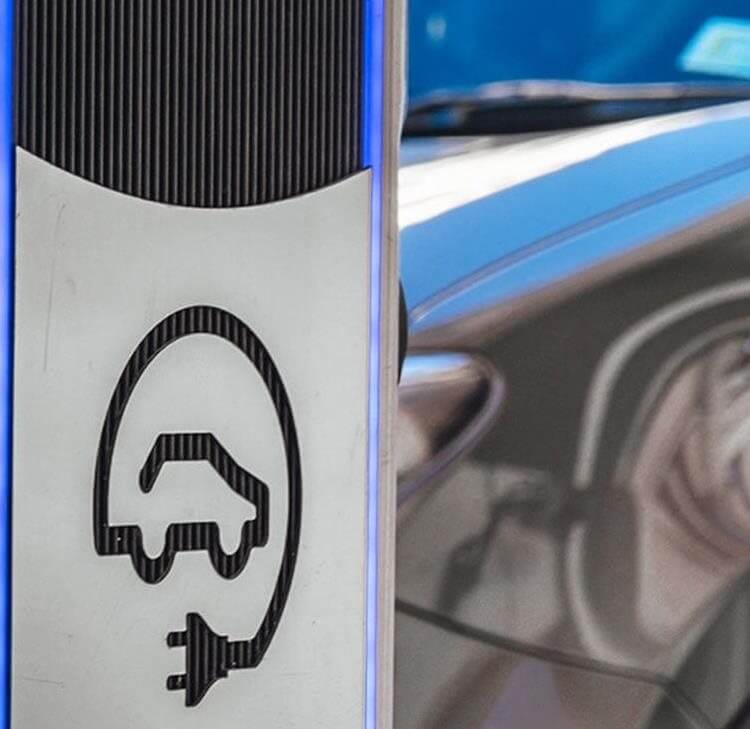In the recent decision in Technip Saudi Arabia Limited v The Mediterranean and Gulf Cooperative Insurance and Reinsurance Company [2023] EWHC 1859 (Comm), the English Commercial Court determined, for the first time, the construction of a Damage to Existing Property ('DTEP') Exclusion in a WELCAR standard form policy. The decision will be of significant interest to the energy insurance market.
The court also considered whether insurers had waived the requirement to consent to a settlement by denying liability under the policy.
Background
The Claimant, Technip, was a contractor that entered into an agreement with Al-Khafji Joint Operation (KJO), an unincorporated joint venture, to improve production assets in the Khafji Field.
In August 2015, Technip’s vessel collided with an unmanned wellhead platform that was owned by KJO. The incident led to significant damage and in 2019 Technip agreed to pay US$25 million under a settlement agreement to KJO.
The current dispute arose because Technip sought to claim an indemnity under a WELCAR 2001 offshore construction project insurance policy it had with Medgulf.
Prior to Technip’s 2019 settlement with KJO, they made a claim under the policy. Medgulf declined cover on the basis that the DTEP exclusion in Section II of the policy applied. This excluded cover for damage to property already owned by the principal assured unless there was a buy-back of cover in respect to the property. Property that was subject to a buy-back was listed in the Policy’s schedule and the damaged Platform was not listed. Following the settlement with KJO, Technip sought to recover the settlement sum from Megdulf.
To succeed in their claim, Technip had to demonstrate that they were legally liable to KJO, and that they would have been liable for the settlement amount had the matter been litigated.
DTEP endorsement
There were two primary limbs of the DTEP exclusion Technip had to overcome to succeed in their claim. Firstly, Limb 1 which excluded damaged property that was owned but not otherwise provided for in the Policy. Secondly, Limb 3 which applied to damage of any property for which the principal assured is liable by operation of any indemnification within any contract.
Technip tried to overcome Limb 1 of the DTEP exclusion by relying on the fact that the policy was a composite policy. They submitted that the policy’s wording was of particular importance and emphasised that the exclusion referred to property owned by “the” principal assured, not “any” principal assured. Technip argued that the language of the composite policy suggested that the property to which the exclusion referred was property owned by Technip and did not include KJO owned property.
Technip also sought to rely on the cross liabilities clause, which stated that the policies will be treated separately where an insured incurs liability to another insured, as further evidence of the policy’s severability.
Regarding Limb 3, they argued that the policy only referenced the assured’s obligation and not any of the other assureds’ obligations. Moreover, they submitted that the Limb 3’s reference to indemnification only concerned a contractual assumption of liability for loss.
Medgulf relied on the commercial rationale of the DTEP exclusion and emphasised the necessity of the clause as a control mechanism to limit liability. They argued that the relevant property was at high risk of damage and the exclusion (and buy-back scheme) allowed them to provide suitable cover while accounting for the relevant risk. The exclusion was less concerned with the relationship between the insured parties but was more focused on identifying the types of property that would be insured.
Medgulf also argued that the clear purpose of the exclusion was to note KJO property that should be included in the policy, as Technip’s assets would likely be covered by other insurance. They referred to a questionnaire completed by Technip which listed property they wished to be covered by the policy alongside a declaration of their individual values.
Medgulf succeeded on its Limb 1 argument but was unsuccessful on Limb 3.
While Justice Jacobs accepted that it was a composite policy, he did not believe that Technip’s analysis was relevant to the question of whether the DTEP exclusion applied. The judge held that Technip’s argument would lead to a complex and uncommercial result that neglected the context of the policy’s formation. In his view, a reasonable person with an understanding of the policy’s context would have concluded that the exclusion applied to property owned by ‘any principal assured’. Property that was covered was listed in the schedule and the Platform was not included.
Mr Justice Jacobs also noted that most of the property Technip declared in the questionnaire referenced by Medgulf, was owned by KJO, thereby suggesting an awareness that a declaration was needed to have cover for KJO owned property.
Consent to settlement
Medgulf’s policy defined “Ultimate Net Loss” as “the total sum the insured is obligated to pay as Damages…”. For the purposes of the policy, damages was defined as follows:
“DAMAGES” shall mean compensatory damages, monetary judgments, awards, and/or compromise settlements entered with Underwriters’ consent, but shall not include fines or penalties, punitive damages, exemplary damages, equitable relief, injunctive relief or any additional damages resulting from the multiplication of compensatory damages”.
Medgulf argued that the sum paid was a “compromise settlement” and as Technip had failed to obtain its consent, there were no damages as defined by the policy.
Technip argued that the sum paid comprised a “compromise settlement” as well as “compensatory damages”. Further, that “compensatory damages” did not require Medgulf’s consent. Even if the entire sum was a “compromise settlement”, the need for consent was not triggered as Medgulf had declined the claim.
Medgulf disputed this, stating that each category of award listed in the definition of “Damages” was to be read exclusively. Moreover, “compensatory damages” meant damages ordered by a tribunal or court solely by way of compensation.
Mr Justice Jacobs agreed with Technip’s arguments. The awards listed in the definition of “Damages” were not exclusive but overlapped. Furthermore, “compensatory damages” would be understood in line with its ordinary meaning which is a sum paid as compensation for damage where one is contractually or legally responsible.
Thus, the requirement for Medgulf’s consent was irrelevant as the settlement sum could be claimed as “compensatory damages”.
While this was the main conclusion on this issue, the primary takeaway was the court’s discussion on insurer’s consent. Although there was no requirement to decide this point, Mr Justice Jacobs was clear that, if necessary, he would have accepted that Medgulf was estopped from asserting that Technip should have sought their consent for the settlement with KJO.
He stated that where an insurer denied liability and told the insured “to act as a prudent uninsured”, then the insured would be acting in accordance with what they were told by reaching a settlement without the insurer’s consent. In essence, an “uninsured person would, by definition, have no reason to consult or seek the consent of an insurer”.
Quantum
The level of damages became irrelevant given the Judge’s decision on policy coverage.
Notwithstanding that, Mr Justice Jacobs considered how the repair cost should be calculated. He determined that Technip had to evidence the amount of damage they would have been liable for had the litigation ensued and show that the costs KJO claimed were reasonable.
Notably, the amount of the settlement, US$25m, plus a further US$6m of various other alleged losses was not a suitable means of exhibiting the reasonableness of the repair costs claimed.
In light of this, and considering expert evidence, the Judge determined that the recoverable loss Technip could have claimed had they succeeded in their Limb 1 challenge was US$10,377,059 (not US$31m).
Comment
Given the wide market usage of the WELCAR policy wording, Mr Justice Jacobs has granted Technip permission to appeal his decision in relation to the proper construction of Limb 1 of the DTEP endorsement.
For now, and subject to that appeal, his decision is significant to the energy market given its widespread use of the WELCAR wording. It reflects an ordinary reading of the words used and commercial approach. However, it may create problems for contactors involved in such offshore projects. Until the matter is addressed by the Court of Appeal, parties will need to ensure that any property even partly owned by any of the ‘Principal Assureds’ are listed in the policy schedule and subject to buy back cover.
Contents
- London Market, Autumn 2023: What the insurance market needs to know
- Covid BI litigation (Autumn 2023): Insurance coverage disputes update
- Trade credit: Australian Courts consider the meaning of ‘recoveries’
- D&O: Australian Courts consider the meaning of ‘personal advantage'
- Climate change related insurance decisions being made around the world
- Al Mana Lifestyle Trading L.L.C. & Others v United Fidelity Insurance Company PSC & Others [2023] EW
- Proposed amendments to the Arbitration Act 1996
- The downfall of Vesttoo: Fraudulent letters of credit
- Chubb leads a $50m consortium to help mitigate the increasing risks associated with lithium-ion batt

Timeyin Pinnick
Trainee Solicitor
timeyin.pinnick@brownejacobson.com
+44 (0)330 045 1008










































